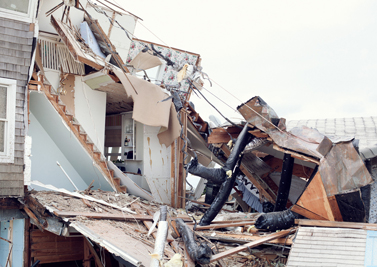Guernica’s art editor, Noah Rabinowitz, and photographer John Francis Peters discuss what they saw while working on and off assignment in the days after Hurricane Sandy.
Noah Rabinowitz: It’s bizarre that life, for much of the city, feels totally normal. People were out eating brunch the day after the storm hit. I had to run an errand and trekked up to 59th Street and people were shopping. Streets were packed. The line for the Apple store was wrapped around the block. It was this weird moment where twelve hours before, you and I were standing, waiting to get gas at this Hess Station a few miles away with thousands of people desperately wanting to run the generators in their homes. A few hours later, the same line appeared so that people could buy the new iPad. This event brought into stark relief this kind of inequality in the region.
John Francis Peters: I’ve traveled to other countries where there is a much weaker electrical grid, or water infrastructure, but in the States there is the assumption that it will be there.

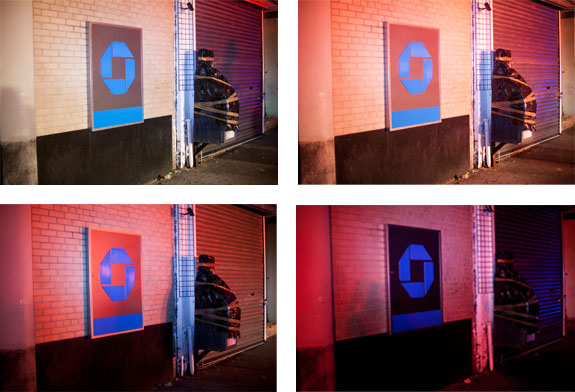
Noah Rabinowitz: There was this deep sense of drama and weakness, too. I felt like my understanding of the city was totally shifted. I think we were standing on Houston and 2nd Ave, and we looked around like where are we? I’d never thought of light as a geographical marker. I took for granted the configuration of streetlights as part of the landscape, the way that light falls on buildings. Subconscious markers that allow you, as a New Yorker, to find your way at night.
John Francis Peters: The city was naked. It felt almost more like walking around in nature.
Noah Rabinowitz: It was surreal for me because the city seemed to revert to its raw structural self–nothing more that this kind of façade. Like looking up at stands of trees in a dark forest, but we’re on Broadway and Canal.
John Francis Peters: When I’m in nature, it’s usually a time to reflect. Do you feel like this time acted as that?
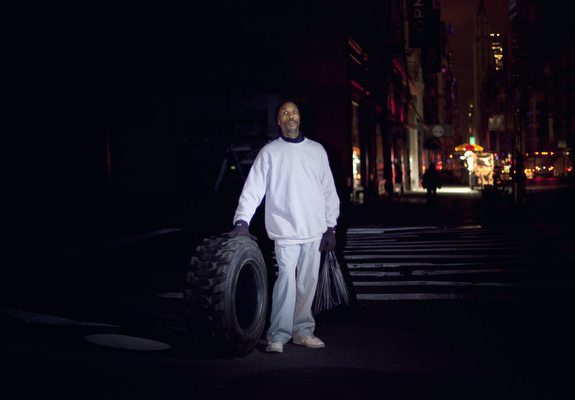
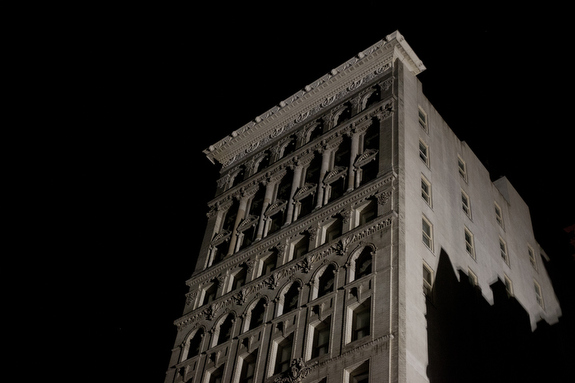
Noah Rabinowitz: It did become this odd time of reflection, forced upon us. Exacerbated by the fact that the transportation was down, many couldn’t leave their homes, and most businesses were closed.
We flattened the land to build the city in Manhattan; we are at the pinnacle of man controlling nature. You can live in New York and potentially never have to ‘deal’ with the natural world. So where are we headed as a city? Hopefully there are positive outcomes in the long term. We’re lucky to be in geographical area that’s not regularly affected by this kind of force, but how many times have Haiti or Indonesia been pummeled by this kind of disaster?
John Francis Peters: We want to buy an iPad, consume, consume, consume—get tickled by the feather. It takes something like this to snap out of it. Even briefly.
Our intent was probably pretty similar: to make personal documents, but also to cover the events for publication.
Noah Rabinowitz: I don’t shoot hard news very frequently. With this event, it was hard to get the news wire out of my head. There is something so dramatic here that it really needs to be just a straight picture—making evidence.
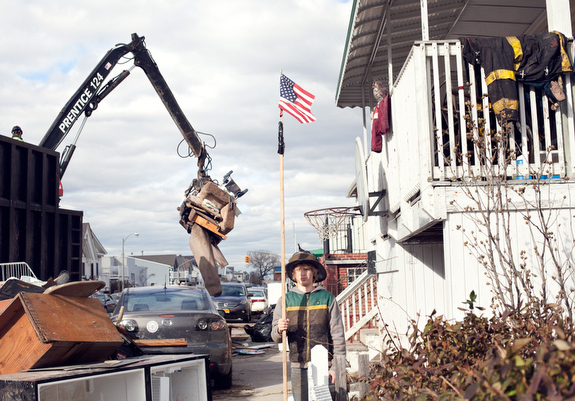

John Francis Peters: Oftentimes “news” can just tell you what we already know. I think it is important to enter from another point of view, to look for what we wouldn’t expect.
Noah Rabinowitz: We are potentially standing on the same block as a news photographer, and on the surface our images might look quite similar, but what’s the difference?
John Francis Peters: I like being tuned in to a slower, subtler approach. Not that one is better than another, but each has a different role. Each has to exist to understand the story fully. It is part of our job to go into situations like this sometimes. We have to look for things that tell the story and also engage the viewer in a way that’s fresh. I’m so aware of what is coming across the wire, which is important, but I hope to make pictures that are less about the surface. You have this one photo that is of two women taking pictures of broken homes with their phones, but you’re also showing the destruction. It’s a very telling photo.
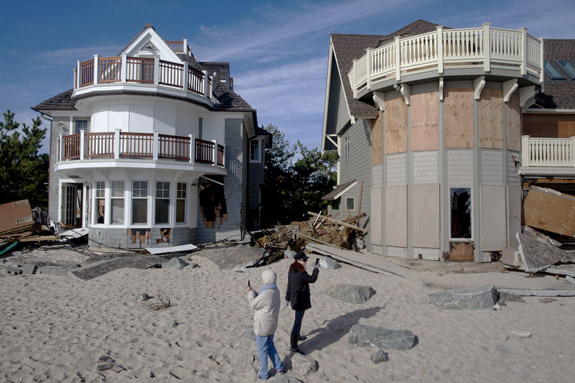
Noah Rabinowitz: I think the photo of two women taking pictures of broken homes with their phones confronts the spectacle of it all. This seemed like a big moment for Instagram and Facebook, with an uncountable amount of pictures circulating. I wanted this image to point at a larger movement in citizen journalism as much as the disaster itself.
John Francis Peters is a photographer based in New York. John’s diverse body of work ranges from the portraiture of influential personalities to essays on emerging culture and environments in transition. His personal and assigned projects focus on both domestic and international subjects.
Noah Rabinowitz is Guernica’s Art Editor. He is based in NYC.
